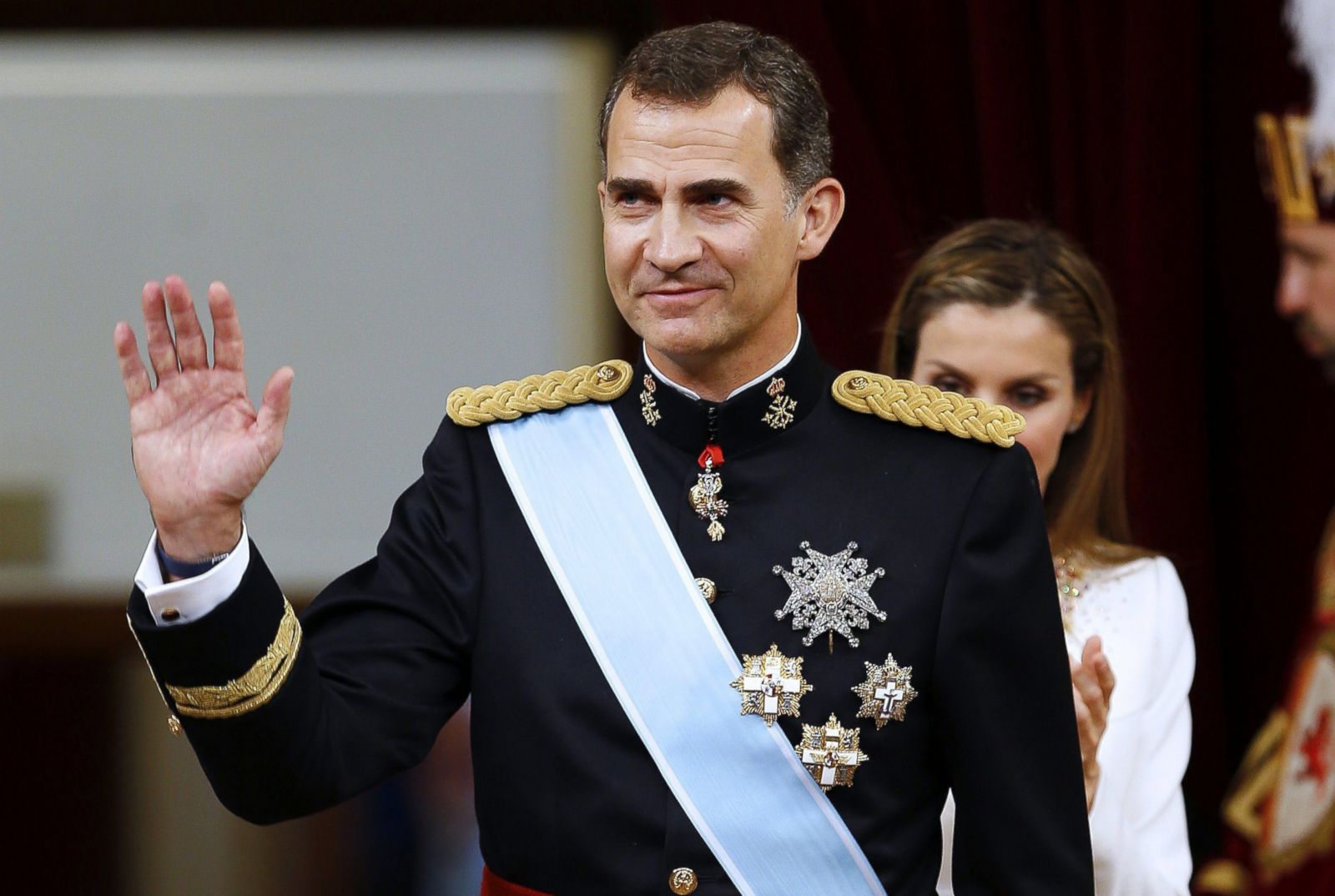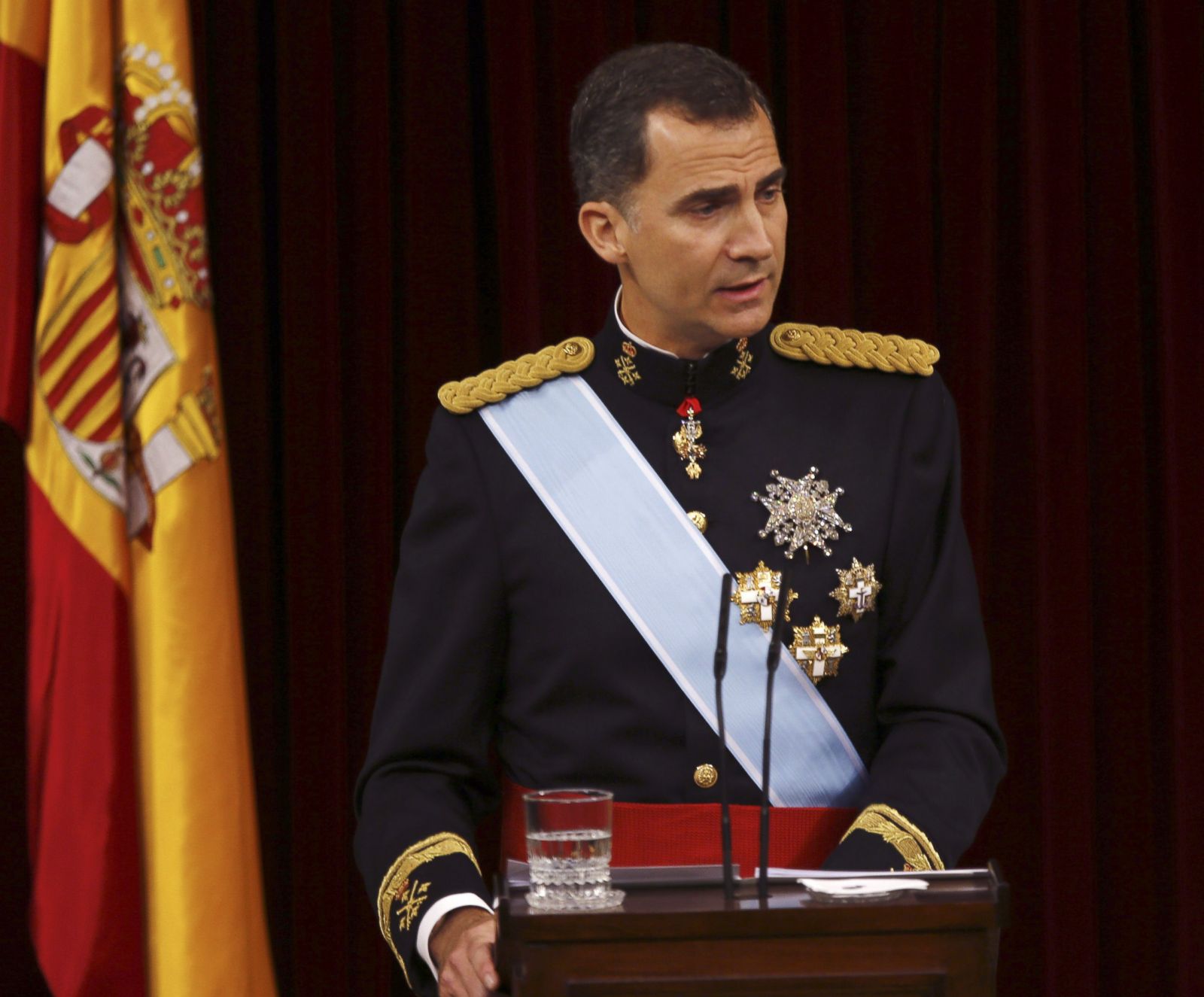The Current Monarch of Spain

King of spain – King Felipe VI is the current monarch of Spain. He ascended to the throne in 2014, following the abdication of his father, King Juan Carlos I. As the head of state, King Felipe VI plays a primarily ceremonial role in Spanish society. He represents Spain both domestically and internationally, and serves as the commander-in-chief of the armed forces. Additionally, he plays a role in the appointment of government officials and the enactment of laws.
Contributions to Spanish Society and Global Affairs
King Felipe VI has been an active advocate for social and economic progress in Spain. He has spoken out in support of education, healthcare, and environmental protection. He has also been a vocal supporter of Spain’s role in the European Union and the international community. In addition to his work in Spain, King Felipe VI has also been involved in a number of international initiatives, including the fight against climate change and the promotion of peace and stability.
In the world of sports, the king of Spain may not be the first name that comes to mind. However, the nation has a rich tennis heritage, and its players have often made their mark on the international stage. Tennis tiebreak rules, for instance, have evolved over time to ensure fair play and exciting finishes.
These rules dictate the format of the tiebreaker, including the number of points played and the scoring system. As the king of Spain watches his countrymen compete, he can take pride in the fact that his country has contributed to the development of one of the most iconic elements of the sport.
History of the Spanish Monarchy
The Spanish monarchy has a long and storied history. It dates back to the 15th century, when the marriage of Ferdinand of Aragon and Isabella of Castile united the two kingdoms and created the modern state of Spain. Over the centuries, the Spanish monarchy has played a central role in Spanish history, both domestically and internationally. It has survived wars, revolutions, and political turmoil, and it remains a symbol of Spanish unity and identity.
The King of Spain, a figure of great historical significance, has witnessed the rise of many talented individuals in various fields. Among them is Carlos Alcaraz, a young tennis prodigy who has made a name for himself with his exceptional skills.
Carlos Alcaraz’s Grand Slam achievements are a testament to his hard work and dedication, and they have brought pride to Spain.
Historical Kings of Spain: King Of Spain
:max_bytes(150000):strip_icc():focal(999x0:1001x2)/king-filipe-vi-b7ac0e8029c64853af1dd4d8ca06dd61.jpg)
The history of Spain is replete with influential monarchs who shaped the nation’s destiny. From the legendary El Cid to the modern constitutional monarchs, Spanish kings have played a pivotal role in the country’s political, economic, and cultural development.
Notable Spanish Kings
Among the most influential Spanish kings are:
- King Alfonso VI (1072-1109): Known as “Alfonso the Brave,” he reconquered Toledo from the Moors and expanded the Christian kingdoms in the Iberian Peninsula.
- King Ferdinand III (1217-1252): Also known as “Saint Ferdinand,” he unified Castile and Leon, creating a powerful Spanish monarchy. He reconquered Cordoba and Seville from the Moors, extending Christian rule in southern Spain.
- King Charles I (1516-1556): Also known as “Charles V, Holy Roman Emperor,” he ruled a vast empire that included Spain, the Netherlands, and parts of Italy and Germany. He expanded Spanish influence in Europe and the Americas.
- King Philip II (1556-1598): Known as “Philip the Prudent,” he inherited the vast Spanish Empire from his father, Charles V. He fought the Protestant Reformation and attempted to maintain Spanish dominance in Europe.
- King Philip V (1700-1746): The first Bourbon king of Spain, he ascended to the throne during the War of the Spanish Succession. He introduced reforms and centralized the Spanish government.
- King Alfonso XII (1874-1885): Known as “Alfonso the Restorer,” he restored the monarchy after a period of instability and civil war. He promoted economic and social reforms.
- King Juan Carlos I (1975-2014): He played a key role in Spain’s transition to democracy after the death of Francisco Franco. He abdicated in favor of his son, Felipe VI.
Timeline of Notable Spanish Kings
| Monarch | Reign | Significant Achievements |
|---|---|---|
| Alfonso VI | 1072-1109 | Reconquest of Toledo, expansion of Christian kingdoms |
| Ferdinand III | 1217-1252 | Unification of Castile and Leon, reconquest of Cordoba and Seville |
| Charles I | 1516-1556 | Expansion of Spanish Empire, reign over vast territories |
| Philip II | 1556-1598 | Fought Protestant Reformation, maintained Spanish dominance |
| Philip V | 1700-1746 | Centralization of government, introduction of reforms |
| Alfonso XII | 1874-1885 | Restoration of monarchy, economic and social reforms |
| Juan Carlos I | 1975-2014 | Transition to democracy, abdication |
Cultural and Symbolic Significance

The Spanish monarchy holds immense cultural and symbolic significance, deeply intertwined with the nation’s history, identity, and traditions.
Throughout centuries, the monarchy has served as a unifying symbol, embodying the country’s unity and continuity amidst political and social changes. The King represents the embodiment of the Spanish state and its people, fostering a sense of national pride and belonging.
Traditions, Ceremonies, and Rituals, King of spain
The Spanish monarchy is steeped in a rich tapestry of traditions, ceremonies, and rituals that reflect its historical and cultural heritage.
- Coronation Ceremony: A grand spectacle that marks the official investiture of a new monarch, featuring elaborate processions, oaths of allegiance, and the placement of the royal crown.
- State Opening of Parliament: A formal ceremony where the King delivers a speech outlining the government’s legislative agenda for the coming year.
- National Day Parade: An annual military parade held on October 12th to commemorate the discovery of the Americas by Christopher Columbus, showcasing Spain’s military prowess and national unity.
Influence on Art, Literature, and Music
The Spanish monarchy has profoundly influenced Spanish art, literature, and music, providing inspiration and patronage to countless creative minds.
- Art: The royal court has been a major patron of the arts, commissioning masterpieces from renowned painters like Goya, El Greco, and Velázquez, whose works depict the grandeur and opulence of the monarchy.
- Literature: The monarchy has been a central theme in Spanish literature, from the epic poems of the medieval period to the works of modern authors like Miguel de Cervantes and Federico García Lorca, who explored the complexities of royal power and its impact on society.
- Music: The royal court has fostered the development of Spanish music, supporting composers like Antonio Vivaldi and Isaac Albéniz, whose works reflect the courtly elegance and cultural richness of the monarchy.